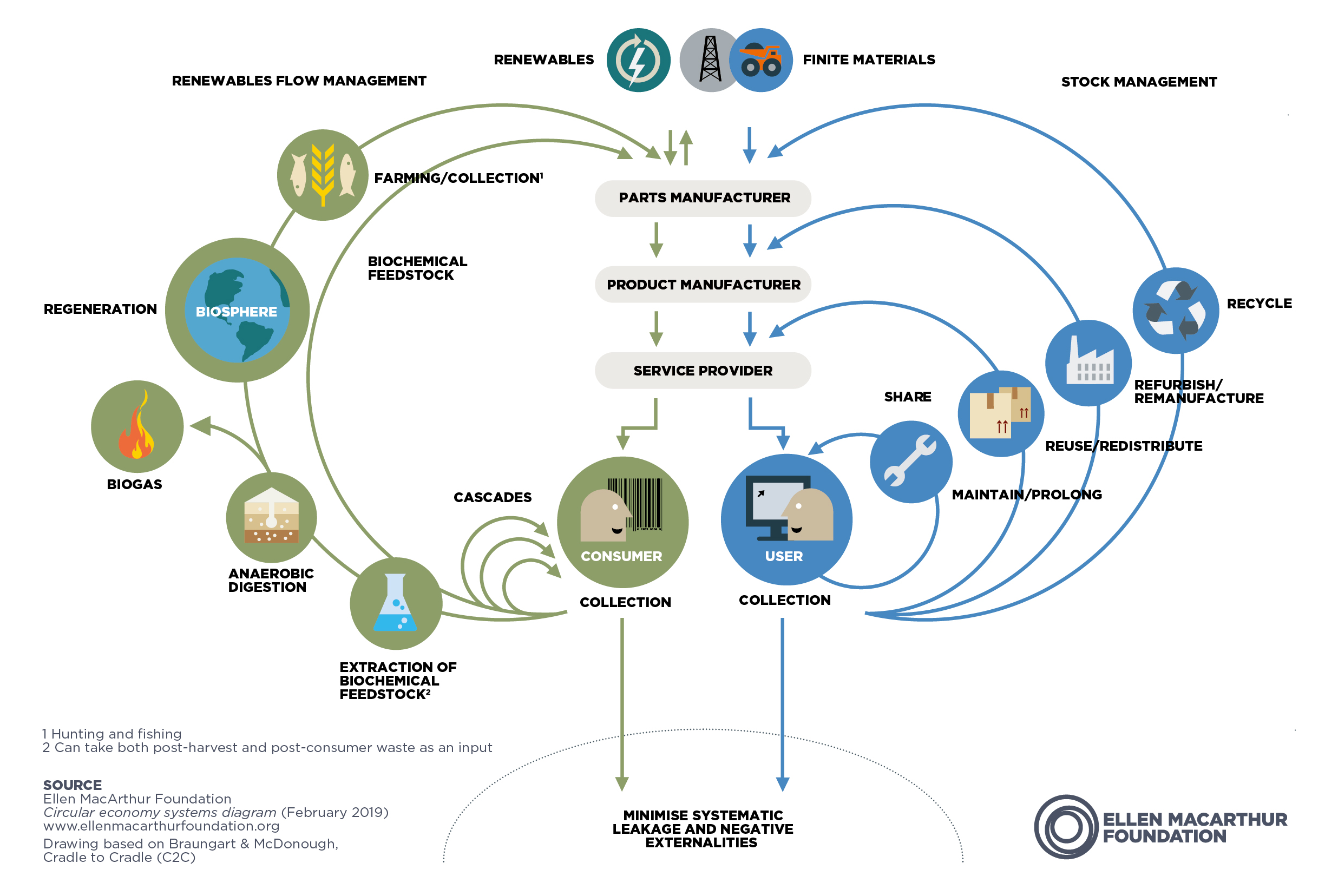Benefits of Sustainable Procurement
When you hear about supplies, products and transport, you wouldn’t think about sustainability. Especially when supply chains contribute to around 60% of global greenhouse gas emissions! But when you consider the benefits of sustainable procurement, it is all the more reason to switch to a greener model. With so many industries involved, whether electronic, food or textiles, they all come with their own social, environmental and economical factors.
Starting with the social issues from a supply chain, it affects every industry. From gender inequality to discrimination, even in 2025 we are still seeing injustices. Although illegal in the world, forced labour and human trafficking is still happening. All negative social acts can happen at any stage from raw material sourcing to manufacturing, so companies should always aim for due diligence, transparency and ethical sourcing. As well as this, companies can obtain certifications to show their pledge to sustainability and well-being of their workers. These could be standards like Fairtrade, working with farming co-operatives, businesses and governments to make trade fairer; Red Tractor, assuring food safety, animal welfare, hygiene and environmental protection every part of the food chain or ISO 14001, an internationally recognised standard for environmental management systems.
As a part of the environmental factors, a great way to monitor this is by looking at your Scope emissions. Broken down into 3 Scopes, they are a way of categorising the different kinds of emissions a company creates in its own operations and in its wider value chain (its suppliers and customers). After you calculate your own Scope emissions, you can then see what you can do to reduce it. Typically, Scope 3 is the largest, so companies should aim to reduce this Scope first. It can sometimes be 11 times larger than Scope 1 and 2 combined.
The three different Scopes are described as:
- Scope 1:
covers direct emissions from owned or controlled sources.
- Scope 2:
covers indirect emissions from the purchase and use of electricity, steam, heating and cooling. By using the energy, an organisation is indirectly responsible for the release of these greenhouse gas emissions.
- Scope 3:
includes all other indirect emissions that occur in the upstream and downstream activities of an organisation.
Some examples of cutting down Scope 3 include encouraging employees to use public transport, consider carpooling or offer a hybrid working environment. You can also make your packaging recyclable to reduce the emission of greenhouse gases, or create a circular work frame. You can also help educate and work with suppliers to help them adapt more sustainable production practices.
Sustainability tends to be paired with a higher price tag where it gets the phrase, green premium. But small and inexpensive changes can make a BIG difference. As we all know, switching off lights, not letting water run and unplugging items when not in use, all add up. But we can always do more, from switching to a renewable energy supplier to recyclable packaging! Changing from a linear to a circular economy would ensure materials never become waste and nature is regenerated, saving businesses money. This system would save through a circular process like maintenance, reusing, refurbishment and recycling.

Many companies are already taking steps towards sustainability especially with UK plans to be net zero by 2050. The new food waste legislation is also changing the landscape of waste and how people consume. Customers are increasingly supporting businesses that are transparent about their sustainable practices, making ethical procurement not just a moral goal but also an advantage in business.
Following this, the benefits of sustainable procurement are not only provide a better standpoint from a customer, but also for businesses, workers, and society as a whole. By making responsible choices, such as reducing carbon emissions, cutting on waste, and using recyclable materials, businesses can lower their environmental footprint. This helps slow the pace of climate change, protects ecosystems, and supports the long-term health of our natural resources. The reach sustainability has in procurement is huge and is essential for a greener future and responsible business practices.
Sources
What are Scope 3 emissions and why do they matter?

